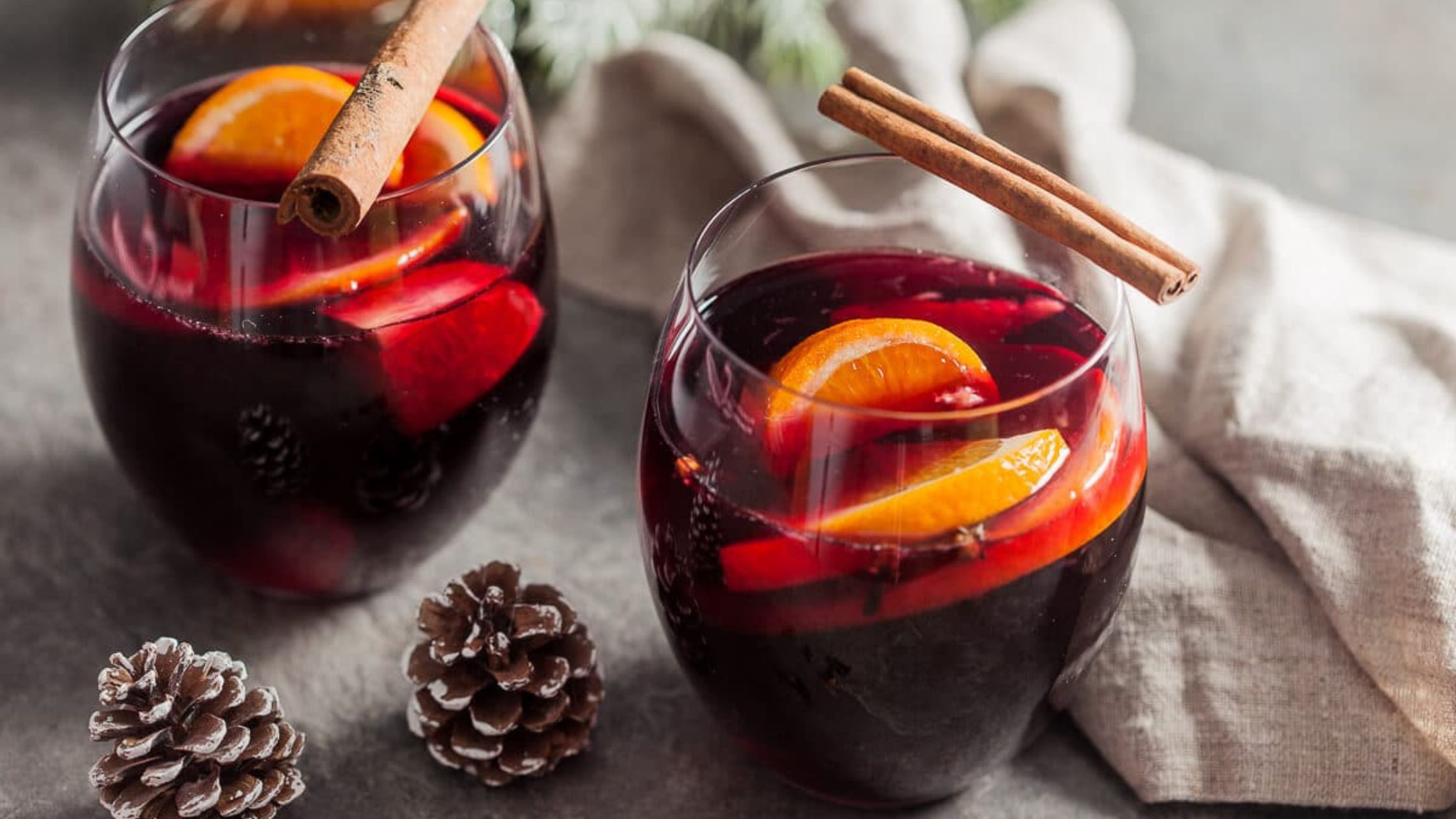Best Liquor Under ₹10,000 for a Perfect New Year 2026 Party
2025-12-05


Selecting the right red wine can be a daunting task. There are bottles of Cabernet Sauvignon, Merlot, Pinot Noir, Shiraz, and blends from all over the world - how do you know where to start? If you've ever been in a wine shop, staring at the labels and not knowing what to choose, you are not alone.
The reality is, selecting the perfect red wine need not be stressful. If you think simply about flavor profiles, food pairings, your budget, and the occasion, anyone can confidently pick out a bottle that matches each of those criteria and works beautifully. Whether you're someone who is just learning about wine or is simply searching for inexpensive reds in India, after reading this post you'll understand how to match wine with food, how to read labels, and how to select wines that suit your palate.
Let’s dive into everything you need to know about how to pick the right red wine.

Red wine is more than just a drink—it’s an experience. The right wine can:
But the wrong wine can feel heavy, clash with food, or simply disappoint. This is why understanding red wine food pairing principles and flavor profiles is so important.
The golden rule for red wine pairing is simple: match the weight and intensity of the wine with the weight and intensity of the food. Once you grasp this, the rest becomes much easier.
Quick example: Pinot Noir with roast duck highlights the flavors without overpowering them, while Shiraz with lamb curry brings out the spice and richness.
Tannins are the compounds in red wine that give a dry, puckering sensation in the mouth. These compounds mostly come from the grape skins and from oak aging. While some of us love very tannic wines with big, bold flavors, the feel of those wines can be harsh depending on the foods you choose to eat with them.
Sometimes, opposites attract. Contrasting flavors can make a pairing exciting.
This is where wine becomes fun—experimenting with combinations until you find your favorite.
Also Read: What Styles of Beer Are Most Popular with Gen Z Drinkers?
When learning how to pick the right red wine, understanding the flavor spectrum is crucial. Here’s a breakdown of the main categories:
These wines are refreshing and versatile. If you're new to wine, this is where you should start—open to drinking and pairing with food.
Merlot, in particular, is a crowd-pleaser—smooth, balanced, and great for beginners.
These wines are bold and powerful. Perfect for celebrations, hearty meals, and those who enjoy intensity.
Red wine doesn't have to be expensive. India’s wine market has exploded and we now have great Indian options at all price points, with plenty of excellent red options available below Rs.1,200. If you’re asking yourself which red wine to buy in India without spending too much, here are some suggestions:
|
Wine Name |
Grape Blend |
Price (₹) |
Best Food Pairings |
|
Sula Cabernet Shiraz |
Shiraz + Cabernet |
950 |
Lamb, beef, pizza |
|
Big Banyan Merlot |
Merlot |
801 |
Pasta, root vegetables |
|
Fratelli Sidus Premium |
Blend |
325 |
Cheddar, roast chicken |
|
Samara Nashik Valley Red |
Local Blend |
470 |
Duck, mushroom risotto |
|
Ampersand Red Wine |
Blend |
460 |
Tapas, grilled veggies |
|
Sula Satori Red |
Blend |
470 |
Spaghetti, mild cheeses |
These wines are proof that you can drink well without needing to spend more than Rs.1,200. The majority are widely available at Indian wine shops, so they should be easy to find for your next dinner party or low-key evening.
Even with all this information, standing in front of the wine rack can still feel tricky. Here are some practical tips to make life easier:
Merlot and Pinot Noir are excellent for beginners. They’re smooth, approachable, and pair easily with different foods.
Check the alcohol percentage. Under 12.5% is usually light-bodied, 12.5–13.5% medium, and 13.5%+ full-bodied. Labels and tasting notes also give clues.
Yes! Many light and medium reds (like Merlot or Beaujolais) are enjoyable on their own. But pairing with food enhances the experience.
Not at all. Some Indian reds under ₹1,000 offer excellent value. Expensive wines can be great, but price doesn’t always guarantee quality.
Serve light reds slightly chilled (12–14°C), and full-bodied reds at room temperature (16–18°C). Use a large wine glass to allow aromas to open up.
Choosing the right red wine isn’t a matter of memorizing rules—it’s a matter of developing your own preferences. Think of wine as existing on a spectrum: from light and fruity to bold and spicy. Matching wines with foods of a similar weight is the easiest way to pair, but you can also experiment with opposing flavors.
Begin with approachable options such as Merlot or Cabernet Shiraz, also explore affordable Indian wines for less than Rs.1,200. Don't hesitate to ask for guidance from your local wine shop on what wines would be suitable for you. In time, you learn what you're most confident with and what works best for your own palate.
So the next time you are presented with rows of bottles, remember: you don’t have to know anything about wine. You just need to know what you enjoy, what you’re eating, and what your spending capabilities are. That is the secret to picking the right red wine.
Also Read: Vintage Brandy: What It Is, How It Differs from Regular Brandy, and Why It Matters